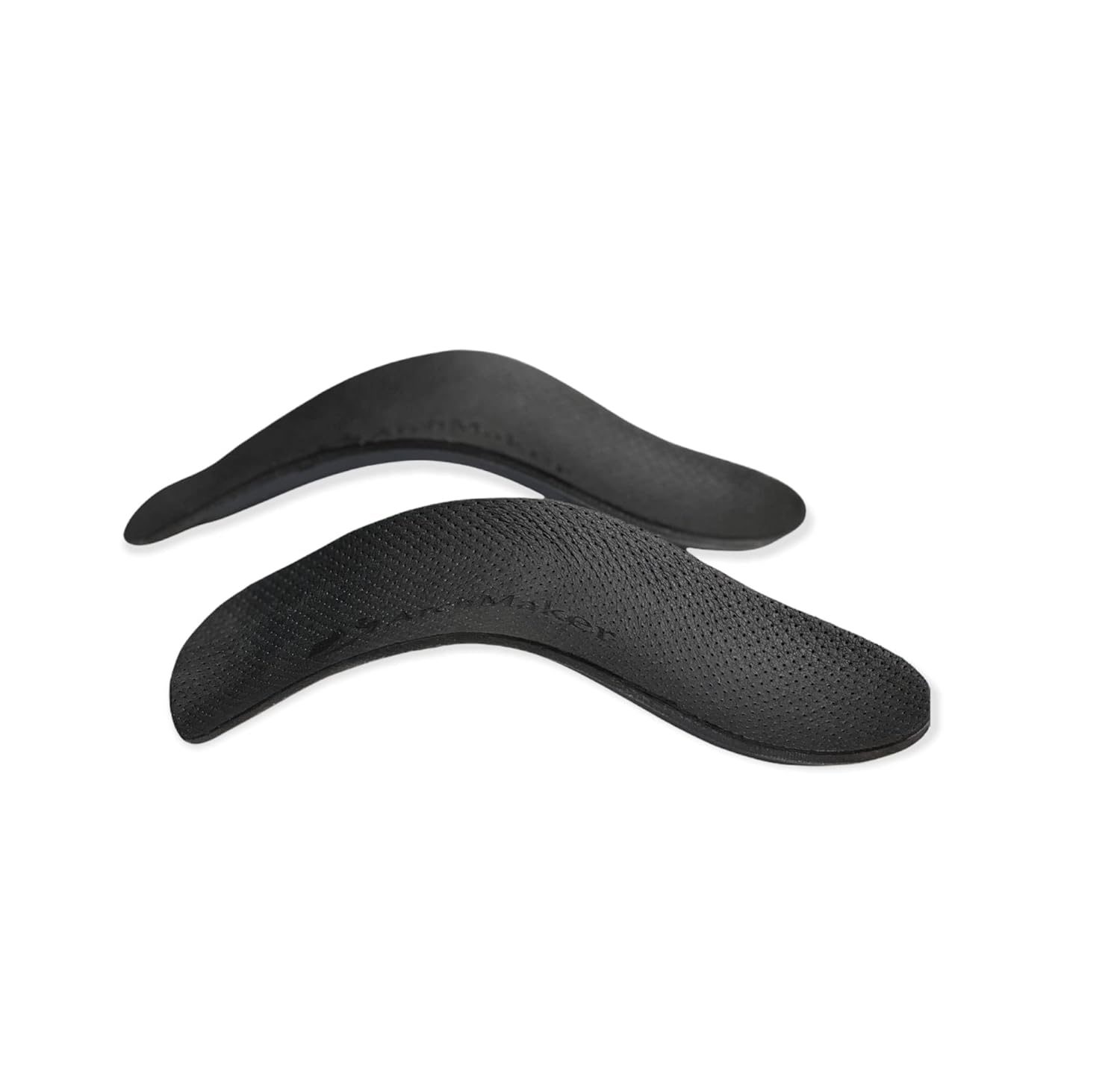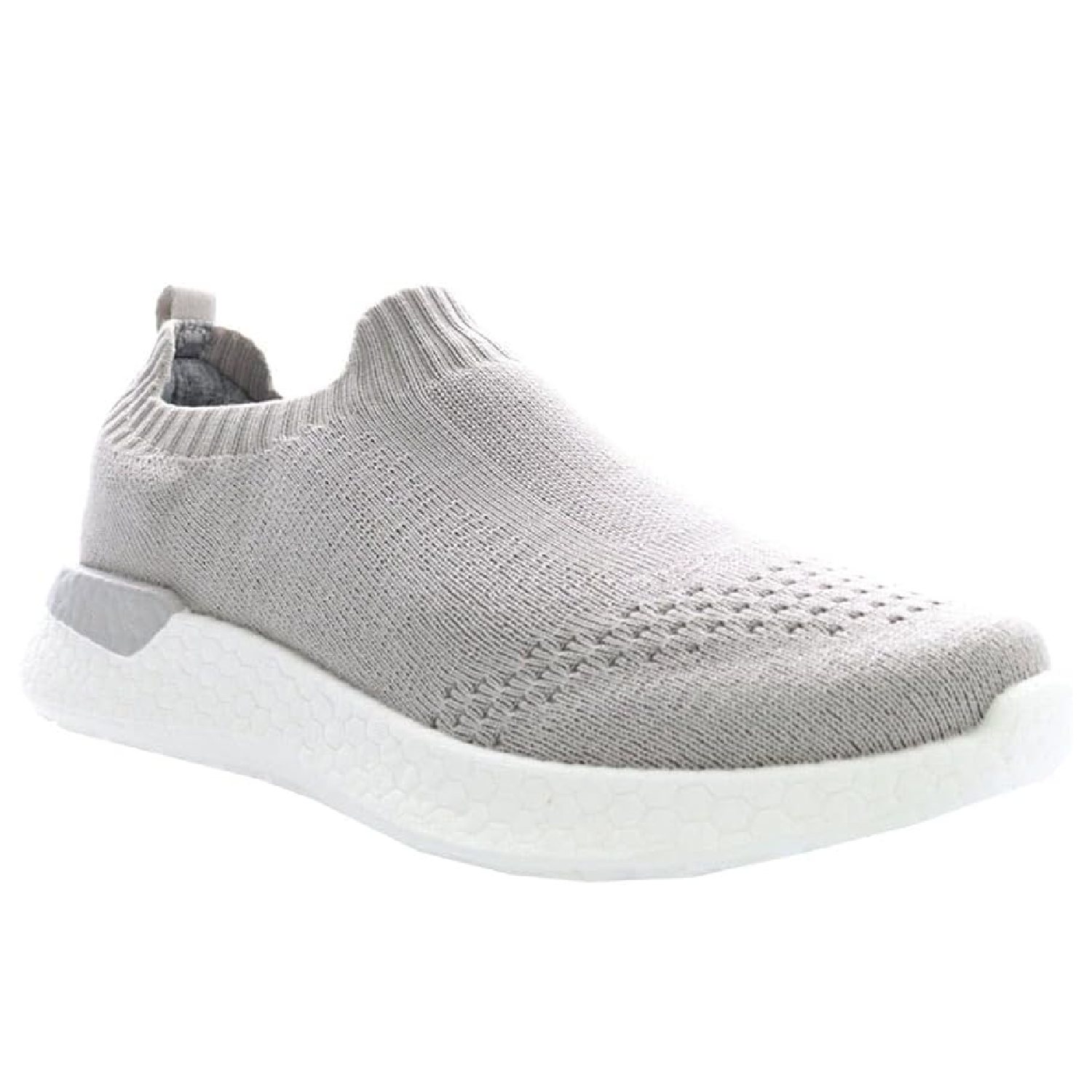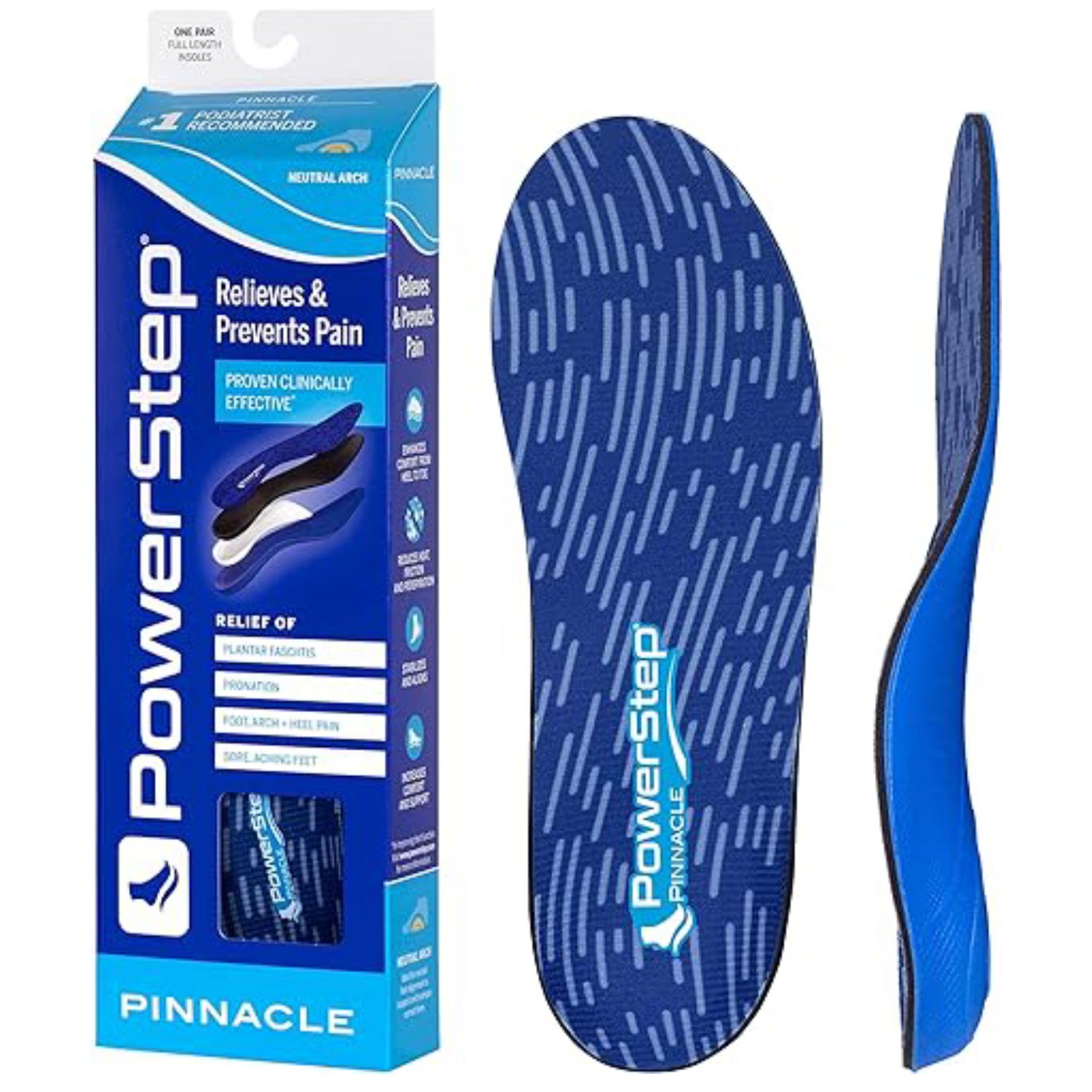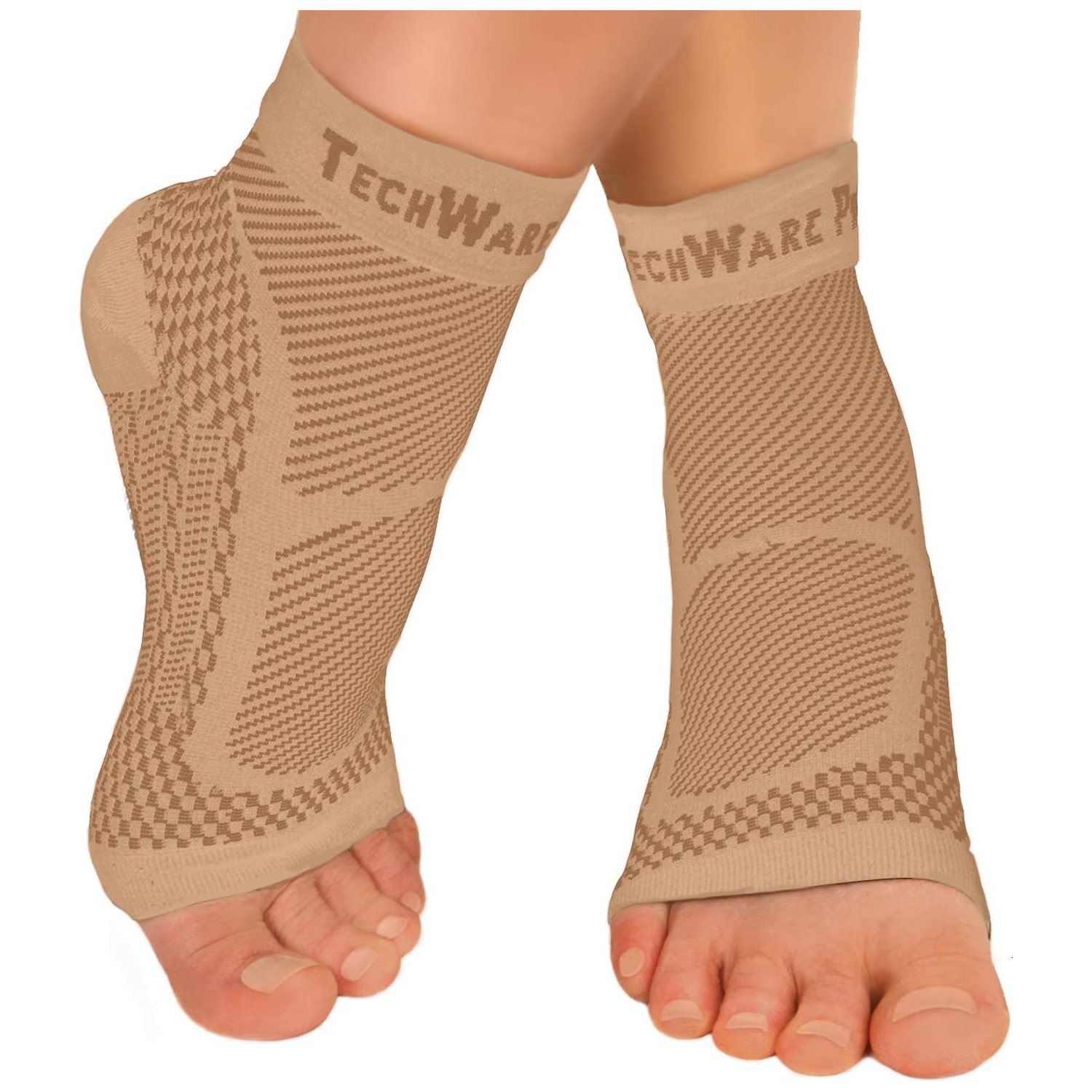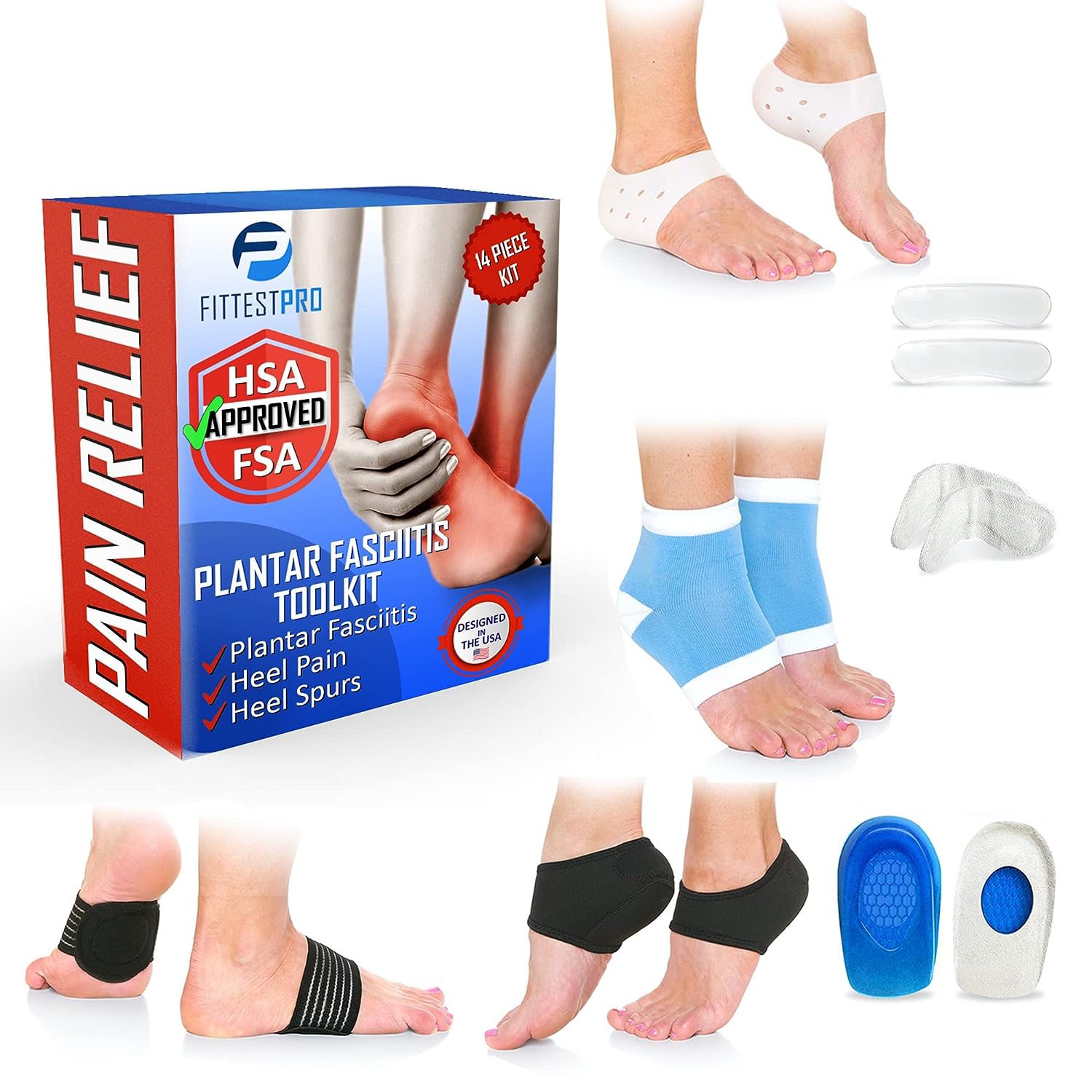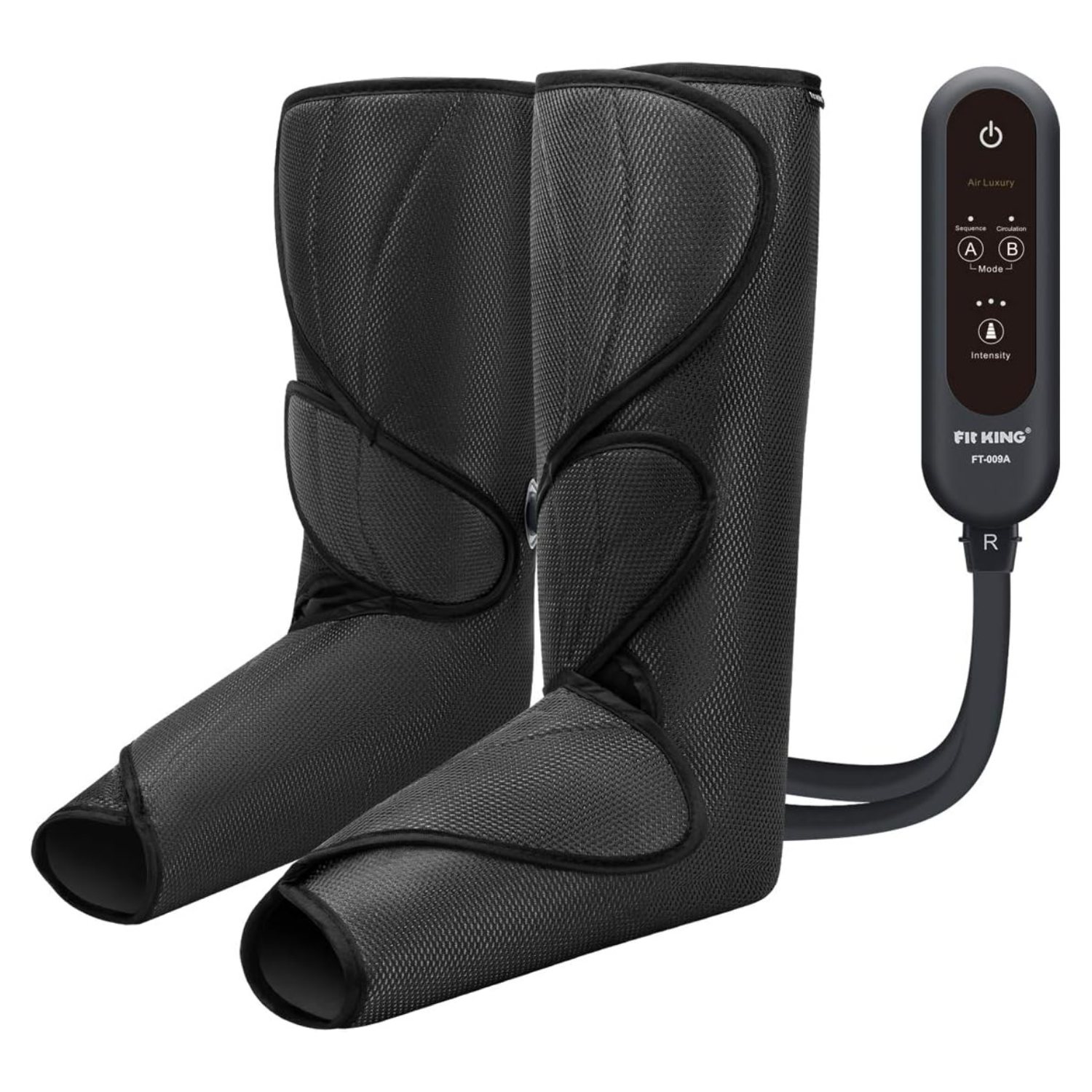Pickleball fever is spreading like wildfire, and it’s no surprise why! This exciting racquet sport combines elements of tennis, racquetball, and ping pong, offering a unique and exhilarating experience for players of all ages. However, like any sport, pickleball can take a toll on your body, particularly your feet. In this blog post, we’ll dive into the common pickleball foot injuries that pickleball players may encounter and provide some tips on how to prevent and treat them.
1. Achilles Tendinitis: The Pickleball Pain Train
One of the most notorious foot injuries among pickleball enthusiasts is Achilles tendinitis. This condition is characterized by pain, swelling, and limping caused by an inflamed, tight, or torn Achilles tendon. The stop-and-go nature of racquet sports like pickleball can put excessive strain on this tendon, leading to discomfort. If you’re logging more than 150 hours per week on the court (kudos to your dedication!), overuse becomes a real concern.
Achilles Tendinitis Treatment:
- If you’re experiencing acute pain, it’s essential to give your Achilles tendon some well-deserved rest. Additionally, try using the R.I.C.E method: Rest, Ice, Compression with a brace like Archmaker, and Elevate your foot until the pain subsides.
- For chronic pain, consider incorporating insoles or orthotics to provide extra support. Don’t forget to switch to appropriate shoe gear designed specifically for racquet sports. Remember, prevention is key!
- Implement a stretching program before and after your pickleball sessions to keep your Achilles tendon in tip-top shape.
- If necessary, consult a physical therapist who can guide you through targeted exercises to strengthen the affected area.
- And here’s our secret weapon: Use Archmaker for long-term muscle memory! This incredible tool helps you improve your foot’s arch support, reducing the risk of Achilles tendinitis and other foot issues.
2. Plantar Fasciitis: The Arch Enemy of Pickleballers
Another common foot woe in the pickleball community is plantar fasciitis. This condition causes pain, swelling, and limping due to inflammation and tightness in the arch muscle. During the quick lateral movements and sudden changes in direction that pickleball demands, this arch muscle takes a lot of strain.
Treatment for Arch Pain:
- If you experience acute pain, follow the R.I.C.E method mentioned earlier to alleviate discomfort.
- Insole or orthotic inserts can provide extra cushioning and support for your arches. Be sure to choose the right gear to avoid exacerbating the issue.
- Don’t forget to stretch your arches before and after playing. This simple step can work wonders in preventing plantar fasciitis.
- Consider using anti-inflammatory medication before and after your games to reduce inflammation and manage pain.
- If the pain persists, seek guidance from a physical therapist who can recommend specific exercises and techniques to aid in your recovery.
- And remember, Archmaker is your secret weapon for long-term relief and improved muscle memory.
3. Heel Inflammation: Putting the Brakes on Foot Discomfort
Heel inflammation can be a thorn in the side (or should we say heel?) of pickleball players. This condition causes pain, swelling, and limping, often due to the pull of a tight Achilles tendon or plantar fascia muscle on the heel. Additionally, an inadequate cushion during heel strike can contribute to this discomfort
Treatment for Heel Pain
- It’s crucial to determine the underlying cause of your heel pain, so consulting with a podiatrist is highly recommended. They can provide a proper diagnosis and suggest tailored treatments for your specific case.
- Whether it’s stretching exercises, customized orthotics, or other therapeutic interventions, a podiatrist can guide you towards the right treatment plan.
- Remember to choose shoes designed for racquet sports that offer adequate cushioning and support for your heel.
- Consider using Archmaker at night or while at rest to help stretch and release your plantar fascia muscle. Doing this for 4 hours per day for 4 weeks, improves muscle memory and alleviates the strain on your heels.
4. Blisters: Those Sneaky Game Spoilers
While blisters might seem like a minor issue, they can quickly become a major game spoiler. Excessive sweating in thin socks or wearing ill-fitted shoes can lead to these annoying skin irritations.
How to Avoid Getting Blisters When Playing Pickleball
- Opt for thicker socks that provide better protection against friction and reduce the likelihood of developing blisters.
- Regularly applying powder to your socks can help reduce friction, keeping your feet blister-free and happy.
- Ensure that your shoes fit properly and offer adequate support. Ill-fitting footwear can contribute to blisters and other foot problems.
